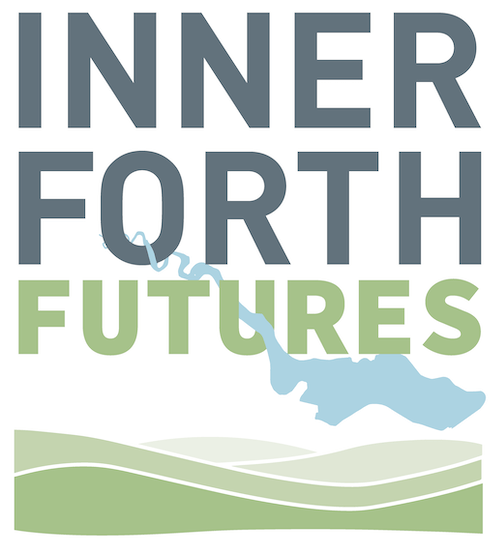Conserving & Restoring
Inner Forth Wetland Network
The wide mudflats of the Inner Forth are protected by UK and International conservation designations that recognise the area as a valuable feeding ground for the thousands of wintering wildfowl and waders that visit each year. Historically these edges of the River Forth have been reclaimed and reshaped by man resulting in the loss of inter-tidal habitat. Further inland are remnants of peatland that once stretched across the Forth valley floor. Again, this habitat has been degraded over time by man; through agriculture, forestry and peat extraction. Our projects will manage and restore wetland sites on the fringes of the River Forth. We will create a network of pools, lagoons and peatland sites that are safeguarded for future generations. These improved wetlands will flourish with nature and allow people to experience the wildlife spectacle that the landscape has to offer.
Black Devon Wetlands
Bothkennar Pools
Cambus Pools
Kinneil Lagoons – Boost the Roost
Kinneil Pond Phase 1
Skinflats Managed Realignment
Skinflats Saline Lagoons
Polmaise Lagoons – Wetlands
Wetter Moss!
Woodland & Wildlife Corridors
The intensification of farming techniques has caused the loss of traditional hedgerows and woodland belts that would have once been an important feature of the farming landscape. Changes in land management have also deepened and straightened waterways, altering their natural course and reducing their attractiveness to wildlife. We will work with landowners and land managers across the Inner Forth landscape to enhance the value of their land for wildlife and support small-scale habitat restoration works. New tree planting and woodland thinning will improve connectivity between fragmented woodland sites and establish a diversity of native tree species. Removal of invasive non-native plant species in riverside locations will reduce their spread downstream and promote growth of plant species native to the area.
Safeguarding and Securing Built Historic Features
The Inner Forth landscape contains a wealth of buildings that evidence the area’s rich layers of industrial innovation and development, and strategic location within Scotland in times gone by. We will work with landowners and agencies to carry out the primary works to consolidate four iconic historic structures. Sites will be made safe through appropriate techniques, allowing their stories within the landscape to be told. The four sites are linked to trade and industry and are located at prominent sites on the River Forth shoreline and raised beach escarpment. As such they additionally offer excellent vistas of the Inner Forth landscape in all directions.
A Wee Dram at Kennetpans
The View from Clackmannan Tower
Kinneil Estate Church
The Charlestown Limekilns
Habitat Stepping Stones
We will establish ‘stepping stones’ to allow wildlife to move more easily through the fragmented and industrialised landscape of the Inner Forth by restoring and managing habitats on brownfield sites. We will work in partnership with landowners and industry to improve the value of these vital sites for wildlife and reconnect people with nature.
Bings for Wildlife
A Fruitful Landscape
An Industrious LNR
Bings for Wildlife
Grangepan Meadows
Glorious Green Roofs
Historic and Designed Landscapes
The remnants of historic estates and designed landscapes found within the Inner Forth landscape is a reminder of the significant wealth generated through mining and trade between the 16th and 18th centuries. Some of the houses have long since disappeared but gardens and woodlands remain with policy trees, once-productive walled gardens, and remnants of built features. We will work with landowners and communities to conserve and restore features within three historic and designed landscapes of the Inner Forth. These spaces are enjoyed and valued by their surrounding communities and have become places for recreation and enjoyment.
